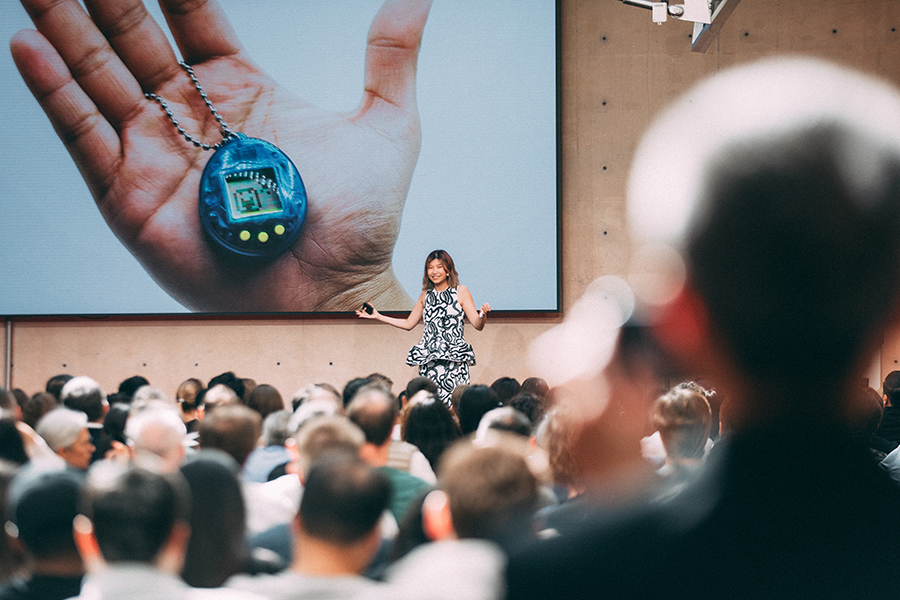
Desde su fundación en 1991 en California, IDEO se ha consolidado como una de las firmas pioneras en innovación centrada en el ser humano. Con un enfoque interdisciplinario que entrelaza diseño, estrategia y tecnología, esta empresa ha transformado la manera en que concebimos el diseño: no solo como una herramienta estética o funcional, sino como una metodología para abordar problemas complejos en contextos tan diversos como la salud, la educación, el urbanismo o el consumo.
Since its founding in 1991 in California, IDEO has established itself as one of the pioneering firms in human-centered innovation. With an interdisciplinary approach that intertwines design, strategy, and technology, the company has transformed the way we conceive design: not just as an aesthetic or functional tool, but as a methodology for addressing complex problems in contexts as diverse as healthcare, education, urban planning, and consumption.

Más que diseñar productos o servicios, IDEO diseña experiencias significativas, procesos colaborativos y soluciones sostenibles. Su aporte a la difusión del design thinking —una metodología que parte de la empatía, la observación y la experimentación— ha marcado un antes y un después en la forma de pensar el diseño contemporáneo y su rol en la transformación social y organizacional.
More than designing products or services, IDEO designs meaningful experiences, collaborative processes, and sustainable solutions. Its contribution to the spread of design thinking—a methodology based on empathy, observation, and experimentation—has marked a turning point in how we think about contemporary design and its role in social and organizational transformation.
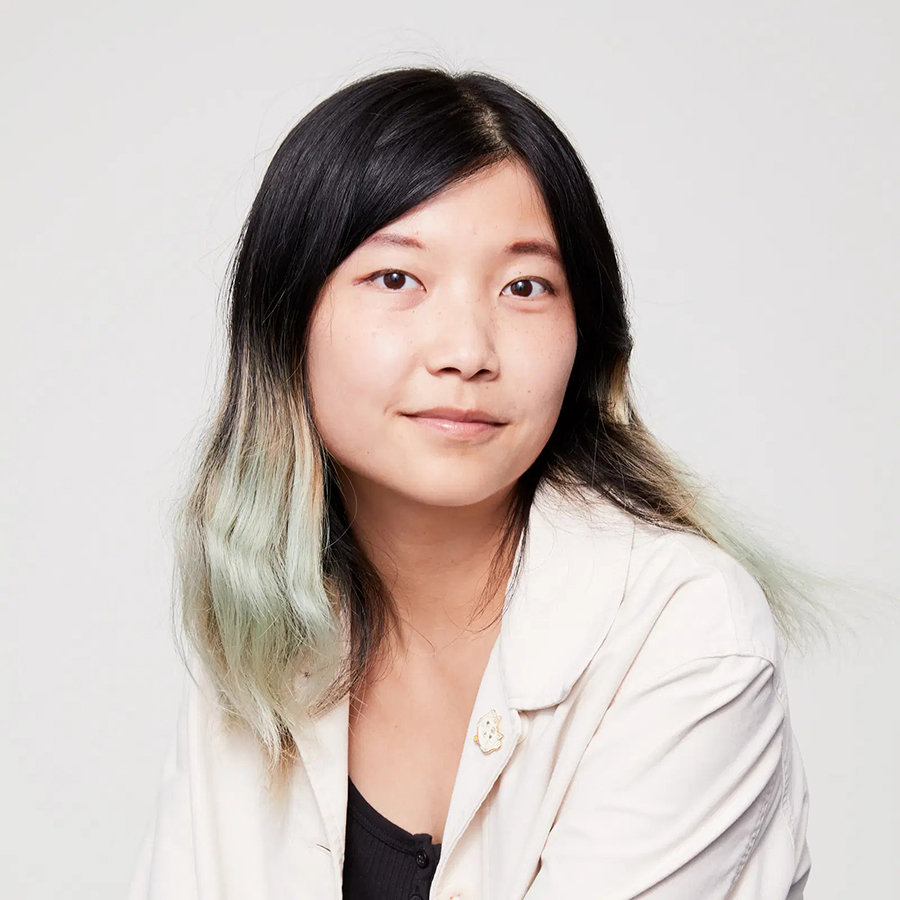
En esta entrevista conversamos con Ziyuan ‘Zoey’ Zhu, diseñadora tecnológica senior en IDEO, cuyo trabajo se sitúa en la intersección entre el diseño y las tecnologías emergentes. Desde su rol, Zoey colabora con diversos equipos y clientes para fomentar el impacto social a través de un diseño centrado en las personas, explorando de manera tangible el futuro de las experiencias de producto con herramientas como la inteligencia artificial, la computación espacial y la visualización de datos. Su trabajo ha sido presentado en escenarios internacionales como SXSW, la iF Design Trend Conference, la Semana del Diseño de San Francisco, la International Design Conference (IDC) y la Semana del Clima de Nueva York.
Zoey también se desempeña como artista multimedia y textil. A través de la traducción de datos e imágenes digitales en patrones tejidos, desarrolla nuevas formas de narración que cruzan lo tecnológico con lo sensorial y lo poético.
In this interview, we speak with Ziyuan ‘Zoey’ Zhu, Senior Technology Designer at IDEO, whose work lies at the intersection of design and emerging technologies. In her role, Zoey collaborates with various teams and clients to promote social impact through human-centered design, tangibly exploring the future of product experiences with tools such as artificial intelligence, spatial computing, and data visualization. Her work has been showcased at international events such as SXSW, the iF Design Trend Conference, San Francisco Design Week, the International Design Conference (IDC), and New York’s Climate Week.
Zoey also works as a multimedia and textile artist. By translating data and digital images into woven patterns, she creates new forms of storytelling that bridge the technological with the sensory and the poetic.
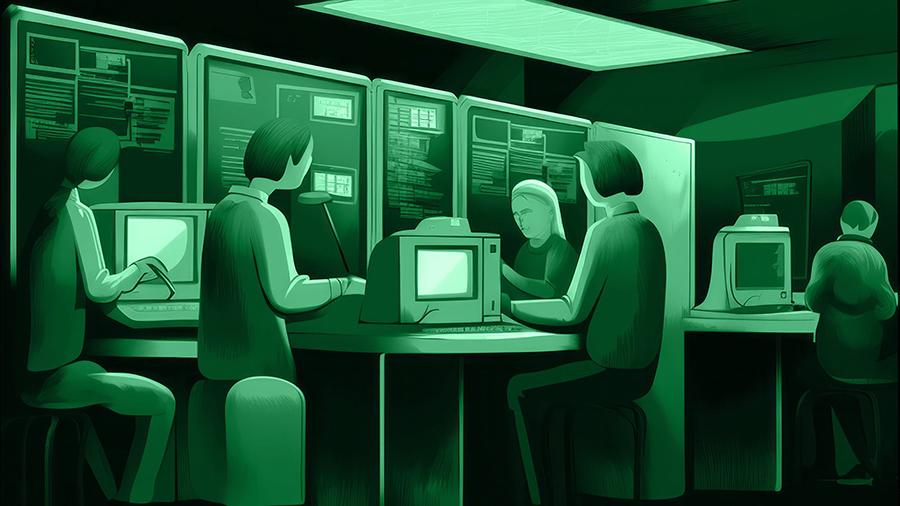
¿Cuáles consideras que son las innovaciones de diseño más impactantes en este momento?
Estamos en una especie de “era cavernícola digital” de la inteligencia artificial: una etapa temprana, algo torpe, pero llena de potencial. Lo que más me entusiasma son las innovaciones que no tratan a la IA como una herramienta definitiva, sino como una colaboradora. En IDEO hemos estado explorando este concepto tanto desde el diseño especulativo como desde el diseño aplicado. Trabajamos con una startup en etapa inicial para desarrollar Ethiqly, una herramienta de escritura con IA que ayuda a los docentes a brindar retroalimentación a sus estudiantes a gran escala. Fuimos muy intencionales al usar la inteligencia artificial como apoyo al proceso de escritura, no como reemplazo. En lugar de escribir ensayos por los estudiantes, la herramienta les da un impulso para superar la hoja en blanco y permite a los profesores ofrecer comentarios específicos a cada alumno de forma más ágil.
En otro proyecto, donde exploramos el futuro de los Asistentes de IA, experimentamos con diferentes formas y formatos para integrar la IA en experiencias cotidianas. Estas innovaciones no solo ofrecen nuevas funcionalidades: nos invitan a rediseñar nuestra relación con la tecnología. Estamos pasando de interfaces a interacciones que son conversacionales, intencionales y, quizás, incluso un poco poéticas.
What do you consider to be the most impactful design innovations at the moment?
We’re in a kind of “digital-caveman era” of AI — early stages, a little clumsy, and full of potential. What excites me most are innovations that don’t treat AI as the end-all tool, but as a collaborator. At IDEO, we’ve been exploring this concept through speculative and practical design. We worked with an early-stage start-up to build Ethiqly, an AI writing tool that helps teachers provide students with feedback at scale. We were very intentional about using AI to support the writing process, not replace it. Instead of writing essays for students, it prompts them to move past a blank page and helps teachers provide specific feedback to each of their students quickly.
On a project exploring the future of AI assistants, we played around with form factors for AI that can be embedded in daily experiences. These innovations don’t just offer new features — they ask us to redesign our relationship with technology. We’re moving from interfaces to interactions that are conversational, intentional, and maybe even a little poetic.
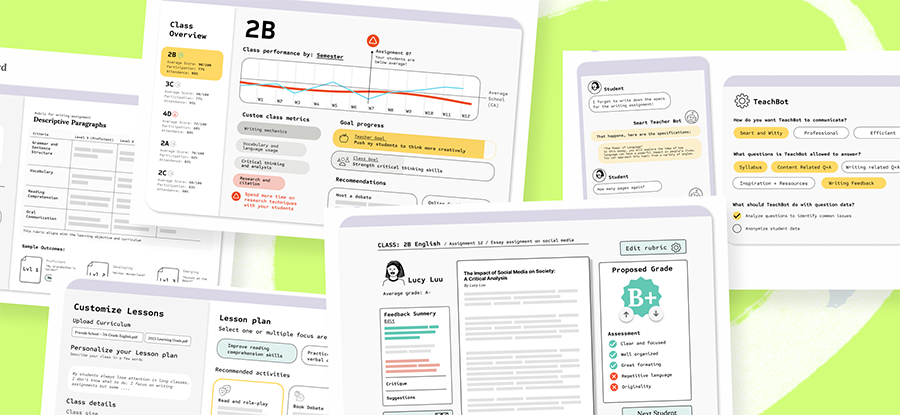
¿Cómo crees que la inteligencia artificial y el diseño computacional están transformando la manera en que creamos y experimentamos el mundo?
Se habla mucho sobre cómo la inteligencia artificial “reemplazará” al diseño, pero yo veo más bien oportunidades para potenciarlo. Para mí, no se trata tanto de una transformación por parte de la inteligencia artificial, sino de una inteligencia aumentada, donde los diseñadores no son reemplazados, sino fortalecidos. La IA puede ayudarnos a filtrar el ruido, a conectar ideas y hasta a ofrecer puntos de partida para bocetar, pero la intención seguirá viniendo de los diseñadores.
Hace un tiempo, en IDEO desarrollamos una herramienta que ayuda a los diseñadores a comprender cómo funcionan realmente los modelos de lenguaje. No solo el resultado, sino también lo que ocurre detrás de escena. Porque si vamos a aprovechar la IA de manera efectiva, necesitamos saber cuándo confiar en ella y cuándo cuestionarla. Los diseñadores no deberían temerle a la inteligencia artificial, sino adoptarla, manteniéndose firmes en sus valores fundamentales. Ahí es donde ocurre la magia.
How do you think artificial intelligence and computational design are transforming the way we create and experience the world?
There’s a lot of buzz around AI “replacing” design, but I see more opportunities to enhance it.
For me, it’s less about a transformation from artificial intelligence than augmented intelligence, where designers aren’t replaced but enhanced. AI can help us sort through clutter, connect the dots, and even provide starting points to sketch from—but the intention will still come from designers.
A while ago, IDEO built a tool that helps designers understand how LLMs actually work. Not just the output, but insights into what’s happening behind the scenes. Because if we’re going to leverage AI effectively, we need to understand when to trust it and when to question it.” Designers shouldn’t be afraid of AI but instead embrace it while staying grounded in core values. That’s where the magic happens.
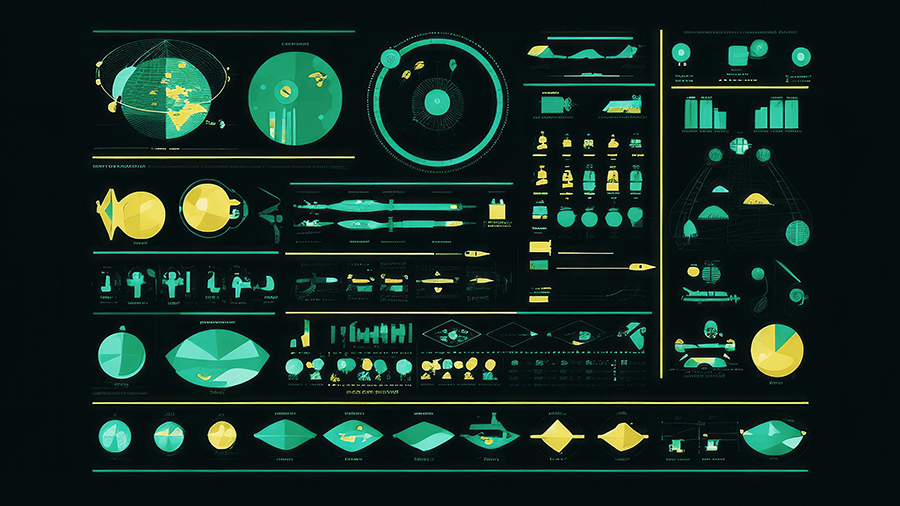
Según tu experiencia en IDEO, ¿qué tendencias emergentes en el diseño están moldeando el futuro de la sostenibilidad?
La sostenibilidad solía ser una categoría aparte; ahora es más bien un lente, una forma de ver y cuestionar tanto los beneficios como las posibles consecuencias de todo lo que creamos. Actualmente, nuestro enfoque de diseño en IDEO se basa en el pensamiento circular, el mapeo de sistemas y la narración de historias de los materiales mediante tecnologías emergentes.
Una tendencia que me resulta especialmente estimulante es el uso de la inteligencia artificial para descubrir las historias ocultas detrás de los productos. “If These Pants Could Talk” (“Si estos pantalones pudieran hablar”) es un ejemplo divertido: imagina conectar un pequeño cable a unos jeans en una tienda y, de repente, entablar una conversación con ellos sobre su origen, cómo cuidarlos y si su proceso de fabricación se alinea con tus valores. Es algo raro y especulativo, pero al mismo tiempo, curiosamente intuitivo. La sostenibilidad necesita más de eso: diseños que informen, conmuevan y sorprendan.
También hemos explorado la sostenibilidad a través del juego, creando modelos de productos y servicios futuros para el diseño de juguetes, que ayudan a las personas a sentir la urgencia del cambio climático mediante la interacción y la narración. La sostenibilidad no se trata solo de datos y cifras, sino de conexión e impacto.
Based on your experience at IDEO, what emerging design trends are shaping the future of sustainability?
Sustainability used to be its own category; now it’s more like a lens, a way of seeing and questioning the upsides and potential consequences of everything we make. Today, our design approach at IDEO leans into circular thinking, system mapping, and telling material stories with emerging technologies.
One trend I find energizing is using AI to uncover the hidden stories behind products. “If These Pants Could Talk” is a fun example — imagine clipping a little cable onto a pair of jeans in a store, and suddenly you’re having a conversation with them about where they came from, how to take care of them, and whether the way they were made aligns with your values. It’s weird and speculative but also strangely intuitive. Sustainability needs more of that — design that’s informative, emotional, and a little unexpected.
We’ve also explored play and sustainability by creating future service and product models for toy design, which help people feel the urgency of climate change through interaction and storytelling. Sustainability isn’t just facts and stats, it’s about connection and impact.
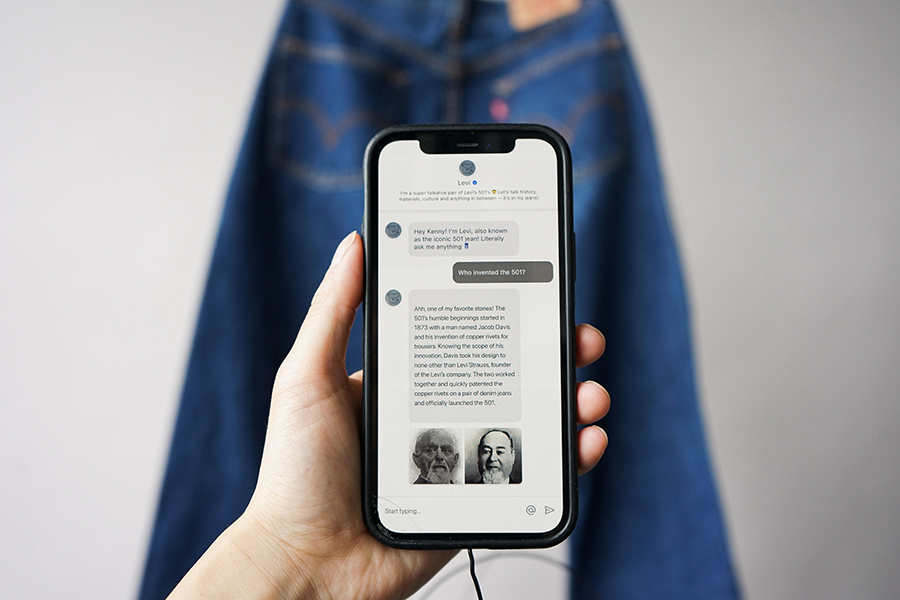
¿Cómo describirías tu enfoque personal hacia el diseño y la tecnología?
Curiosidad lúdica con una buena dosis de rigor. No me gusta mantener la tecnología a distancia; me gusta ensuciarme las manos. Ya sea programando con modelos de lenguaje o tejiendo materiales reciclados en textiles, prefiero estar cerca del proceso. Algunos de mis proyectos favoritos en IDEO comenzaron con preguntas que parecían un poco tontas o especulativas. Por ejemplo: “¿Y si los pacientes pudieran diseñar su propia experiencia de atención médica?” Esa pregunta terminó revelando ideas muy serias sobre ética, propiedad de los datos y dinámicas de poder en el sistema de salud.
La tecnología no tiene por qué ser fría ni ostentosa. Puede ser íntima, expresiva, incluso amable.
How would you describe your personal approach to design and technology?
Playful curiosity with a good dose of rigor. I don’t like to keep tech at arm’s length —I like to get my hands dirty. Whether that’s coding with LLMs or weaving recycled materials into textiles, I like to stay close to the process. Some of my favorite projects at IDEO started from questions that felt a bit silly or speculative. For example,“What if patients could design their own healthcare experience?” This question ended up surfacing really serious ideas about ethics, data ownership, and power dynamics in the healthcare system.
Technology doesn’t have to be cold or flashy. It can be intimate, expressive, even kind.
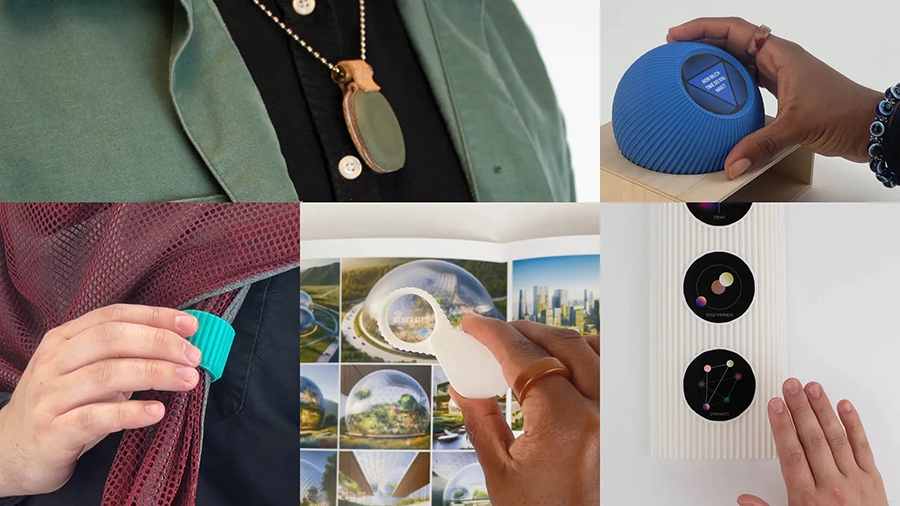
¿Qué consejo darías a quienes buscan innovar en el diseño a través de la tecnología?
1.No empieces por la herramienta. Empieza por la tensión. Algo que te incomode, algo que desearías que existiera, algo que te genere duda. En IDEO tenemos una herramienta llamada Creative Tensions, que ayuda a nuestros equipos a navegar por un espectro de preguntas desde el inicio del proceso de diseño. Planteamos una pregunta —algo como: “¿Te entusiasma la inteligencia artificial o te preocupan sus consecuencias?”—, y pedimos a quienes se inclinan por una postura que caminen hacia un lado del salón y a quienes piensan distinto, hacia el otro. Al mapear esas tensiones, logramos crear una visión más amplia de los sistemas, perspectivas y dilemas que están en juego. Luego usamos la tecnología para explorarlos desde distintos ángulos.
2. Sé generoso contigo mismo. La IA puede generar miles de opciones, pero no tienes que seguirlas todas. Diseñar también es elegir, editar, curar. A veces, lo más radical que puedes hacer es decir “no” a más. ¡Experimenta! Todavía estamos aprendiendo a bailar con esta nueva pareja llamada inteligencia artificial. La mejor forma de aprender es probar cosas, reírse un poco y mantener los ojos abiertos a lo inesperado.
What advice would you give to those looking to innovate in design through technology?
- Don’t start with the tool. Start with tension. Something that bothers you; something you wish existed, something you’re unsure about. IDEO has a tool called Creative Tensions, which helps our teams navigate a spectrum of questions right at the beginning of the design process. We ask a question—something like, are you excited about AI or worried about its consequences? We ask people who lean one way to walk to one side of the room and people who feel the opposite to the other side. By mapping those tensions, we are able to create broader pictures of the systems, perspectives, and trade-offs at play. Then, we use technology to help us explore it from different angles.
- Be generous with yourself. AI can generate a thousand options, but you don’t need to chase all of them. Design is about choosing, editing, and curating. Sometimes, the most radical thing you can do is say no to more. Experiment! We are still figuring out how to dance with this new partner called AI. The best way to learn is to try things, laugh a little, and keep your eyes open for the unexpected.

